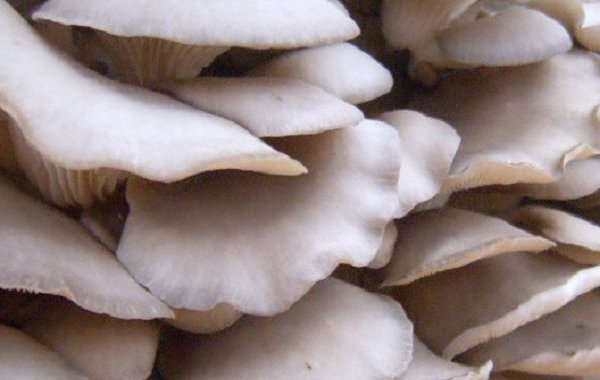Production Technology of pollution-free Green Edible Fungi

Prevent the degradation of edible fungi
Preventing the degradation of bacteria can increase the yield, reduce the occurrence and development of diseases and insect pests and reduce the application of pesticides, which is the basis of the production of pollution-free edible fungi.
1. The ambient temperature of the cultured strain should not exceed 28 degrees Celsius. In addition, the cultured bacteria should not be stored for more than half a month at room temperature.
two。 It is necessary to grasp the time and temperature of the culture medium to prevent the destruction of nutrients and the pH should be suitable.
3. The medium should be changed frequently, and the raw materials such as peptone, wheat bran and potato should be used alternately.
4. The original seed should not be used up at one time, it should be used in stages, and the rest should be preserved at low temperature to prevent too many generations.
5. Every year, the fruiting bodies with large individuals, normal growth and strong disease-free insects should be selected for tissue separation, and the good and bad should be selected to expand the inoculation growth.
Integrated control of diseases and insect pests
By strengthening the comprehensive management of the cultivation of edible fungi, creating an environment that adapts to the growth of edible fungi and is not conducive to the reproduction of diseases and insect pests is the key to the production of pollution-free edible fungi.
Brief introduction
1. Do well in environmental hygiene
Seed production and operators must establish a normal cleaning and hygiene system, constantly remove dirt and disinfect them with chemicals. Mushroom rooms, utensils and indoor cutting equipment should be cleaned and disinfected frequently. In and out of the mushroom room, pay attention to the soles and clothes neatly, it is best to replace them in time.
two。 Choice of disinfection methods
Physical methods such as high pressure steam sterilization, atmospheric pressure intermittent sterilization, pasteurization and ultraviolet lamp sterilization are preferred. Chemical disinfection gives priority to the use of alkaline and phenolic drugs. Avoid using disinfectants such as heavy metal salts.
3. Take care of the raw materials
Edible fungus culture materials-be sure to avoid damp mildew or breeding pests. The storage of crumbs, forage, horse dung, etc., should be covered with plastic film or blankets to prevent rain or sundries. Rice bran, wheat bran, cake and other mold-prone, should be airtight storage. The culture material should be disinfected at high temperature or fermented. After the culture material is transported into the mushroom room, it should be fermented: the soil-covered material must be disinfected by steam or formalin.
Related
- Fuxing push coffee new agricultural production and marketing class: lack of small-scale processing plants
- Jujube rice field leisure farm deep ploughing Yilan for five years to create a space for organic food and play
- Nongyu Farm-A trial of organic papaya for brave women with advanced technology
- Four points for attention in the prevention and control of diseases and insect pests of edible fungi
- How to add nutrient solution to Edible Fungi
- Is there any good way to control edible fungus mites?
- Open Inoculation Technology of Edible Fungi
- Is there any clever way to use fertilizer for edible fungus in winter?
- What agents are used to kill the pathogens of edible fungi in the mushroom shed?
- Rapid drying of Edible Fungi


